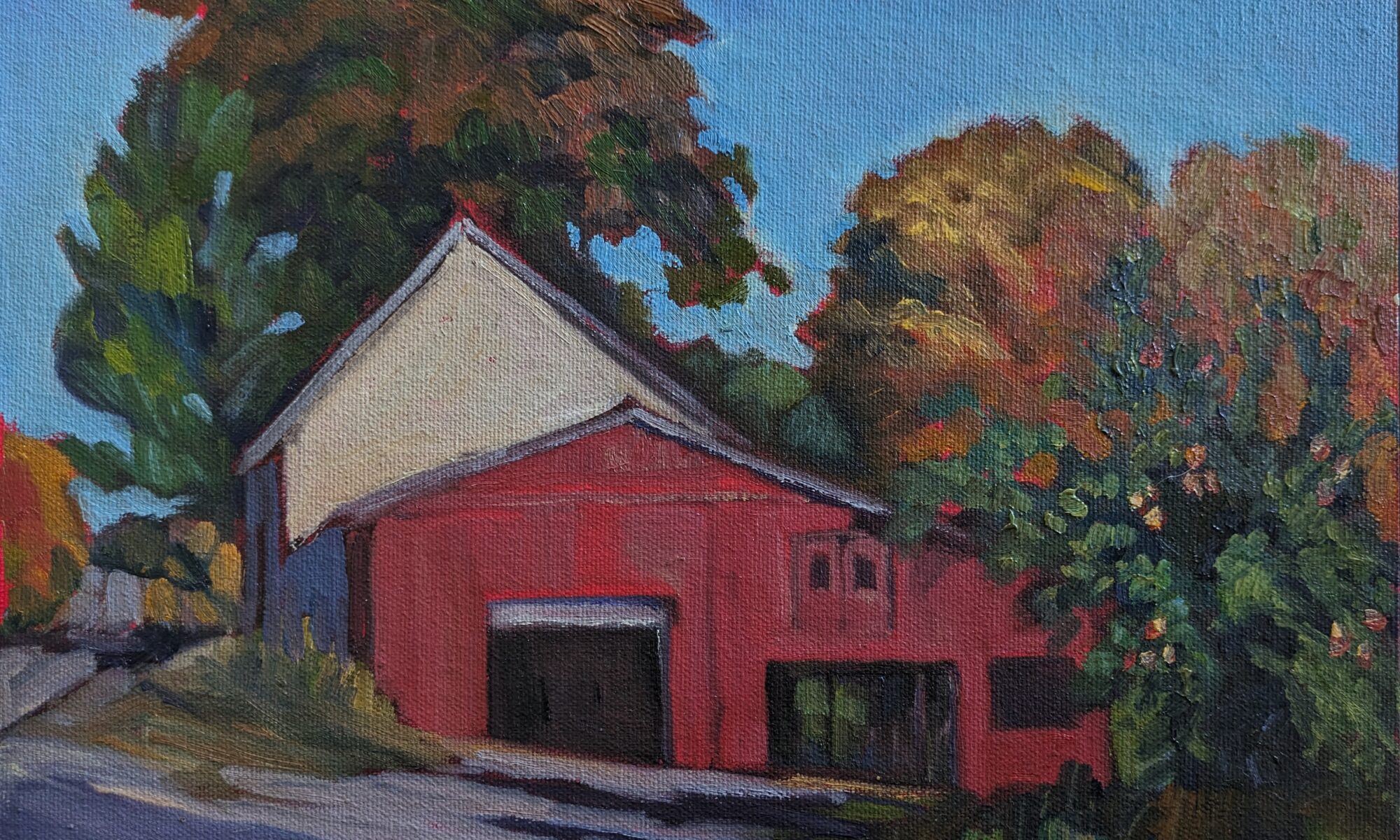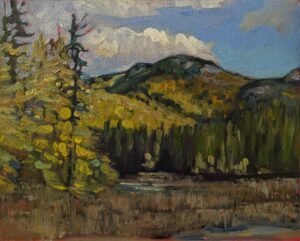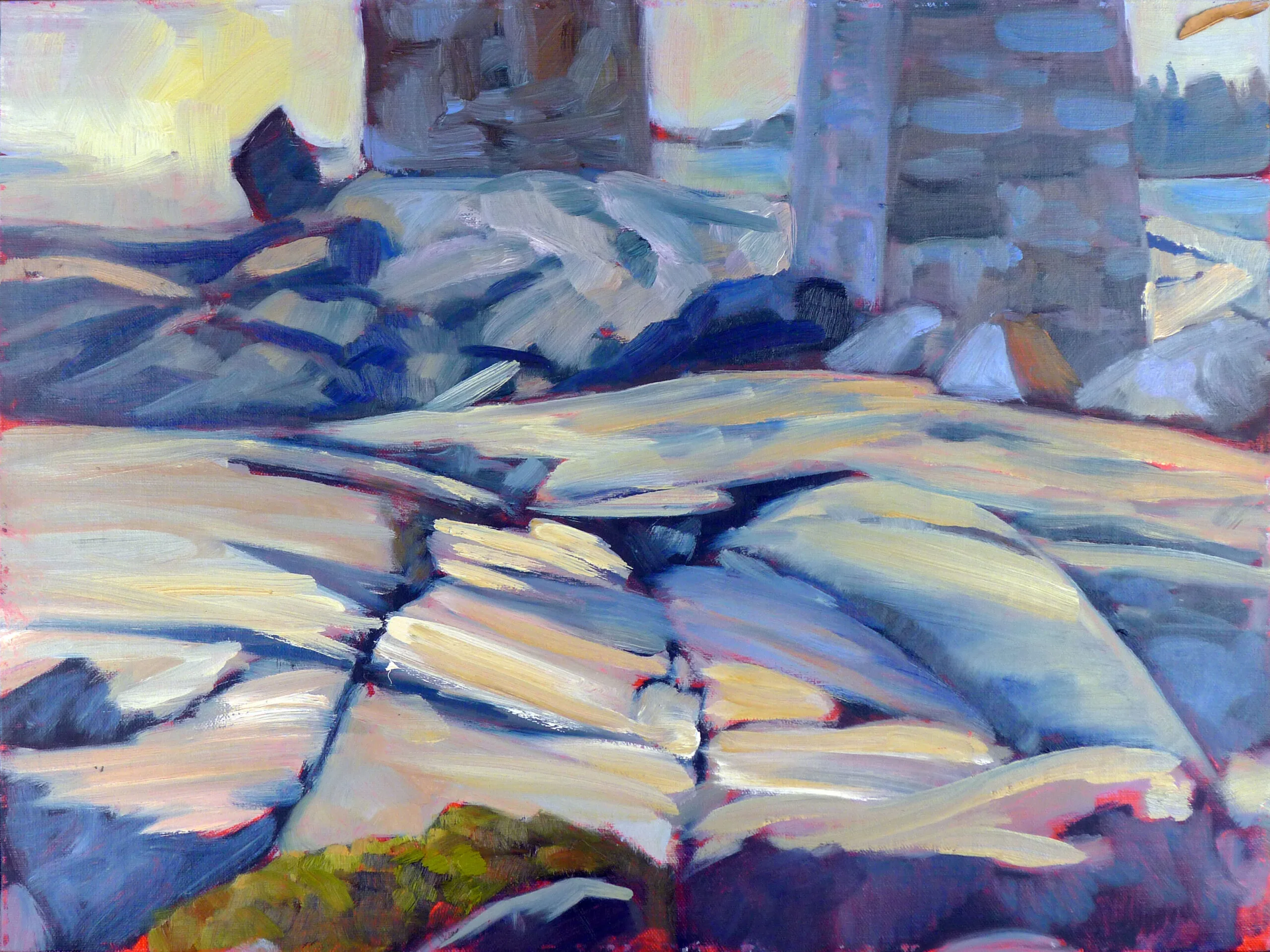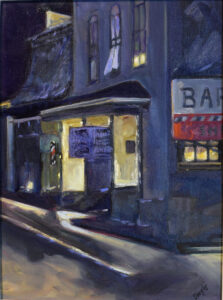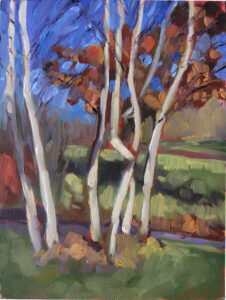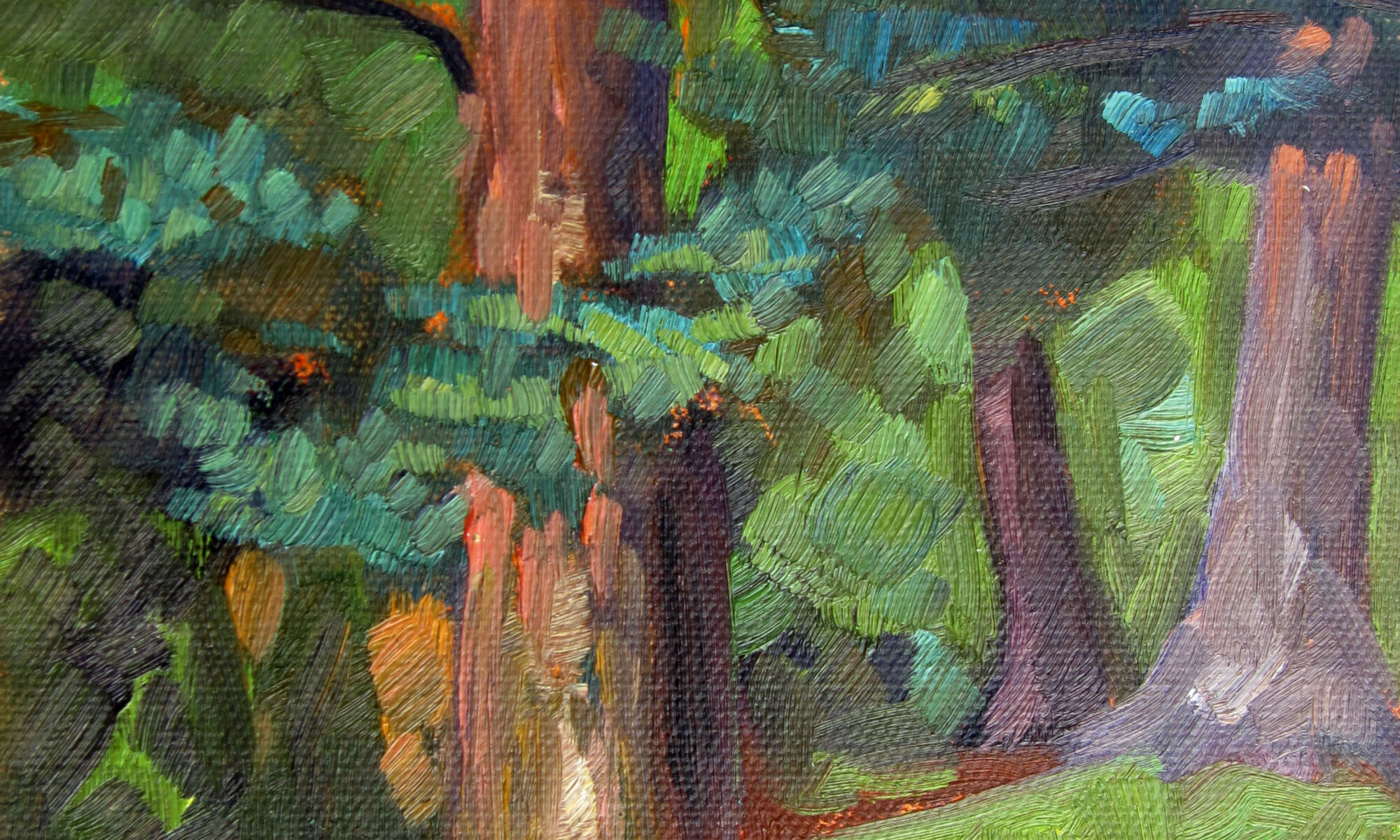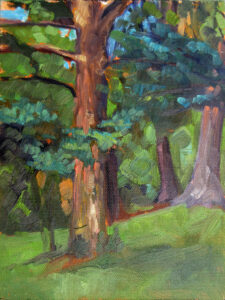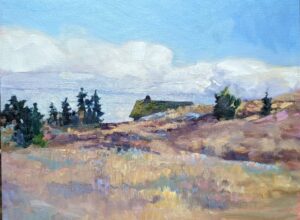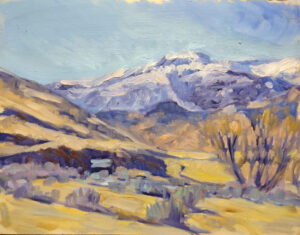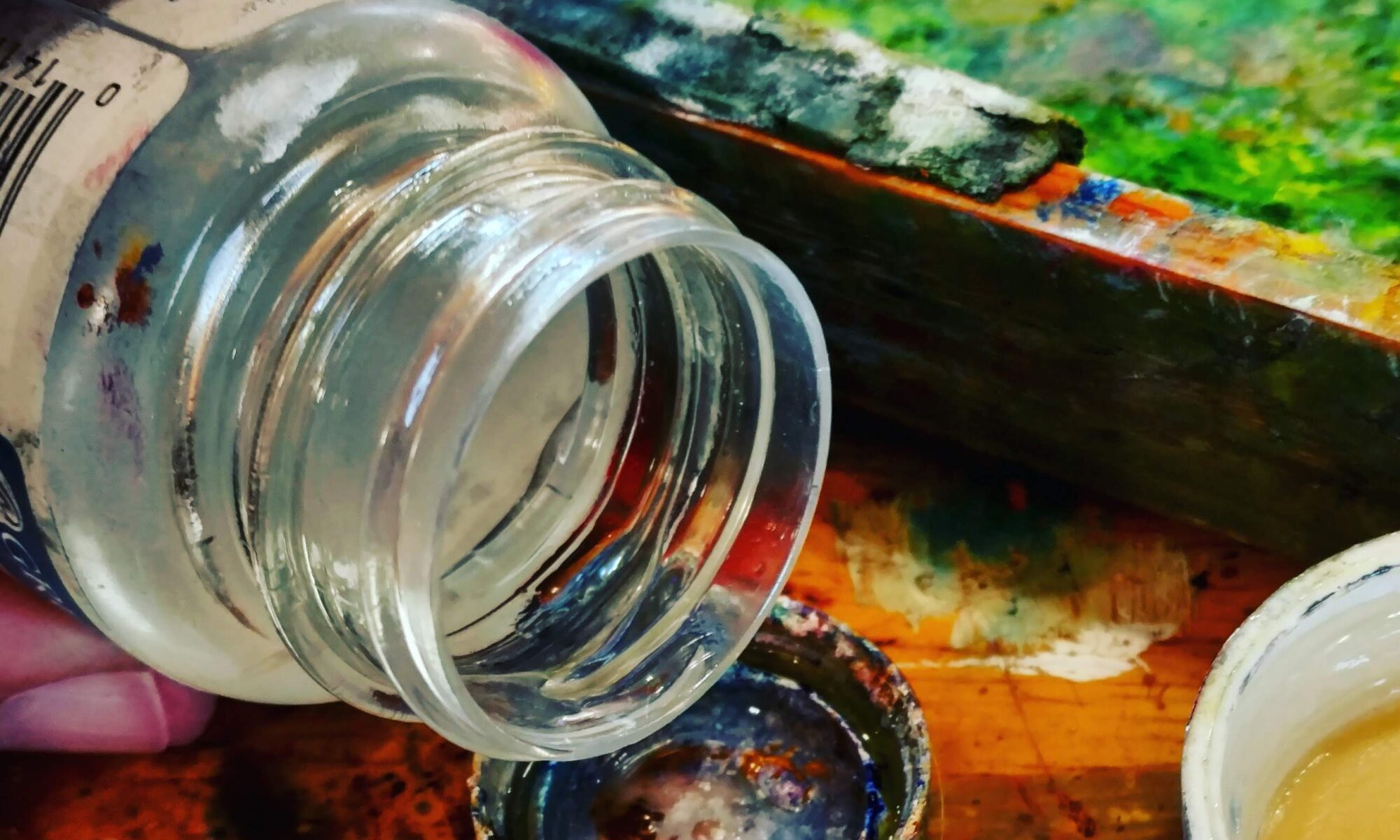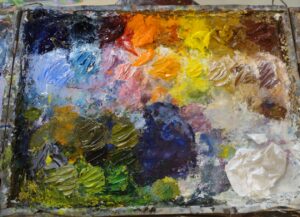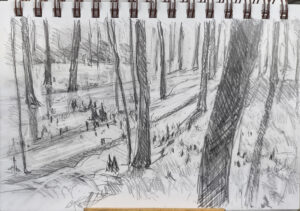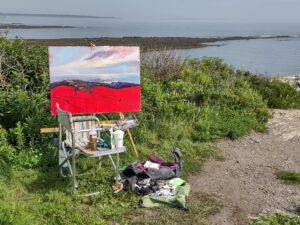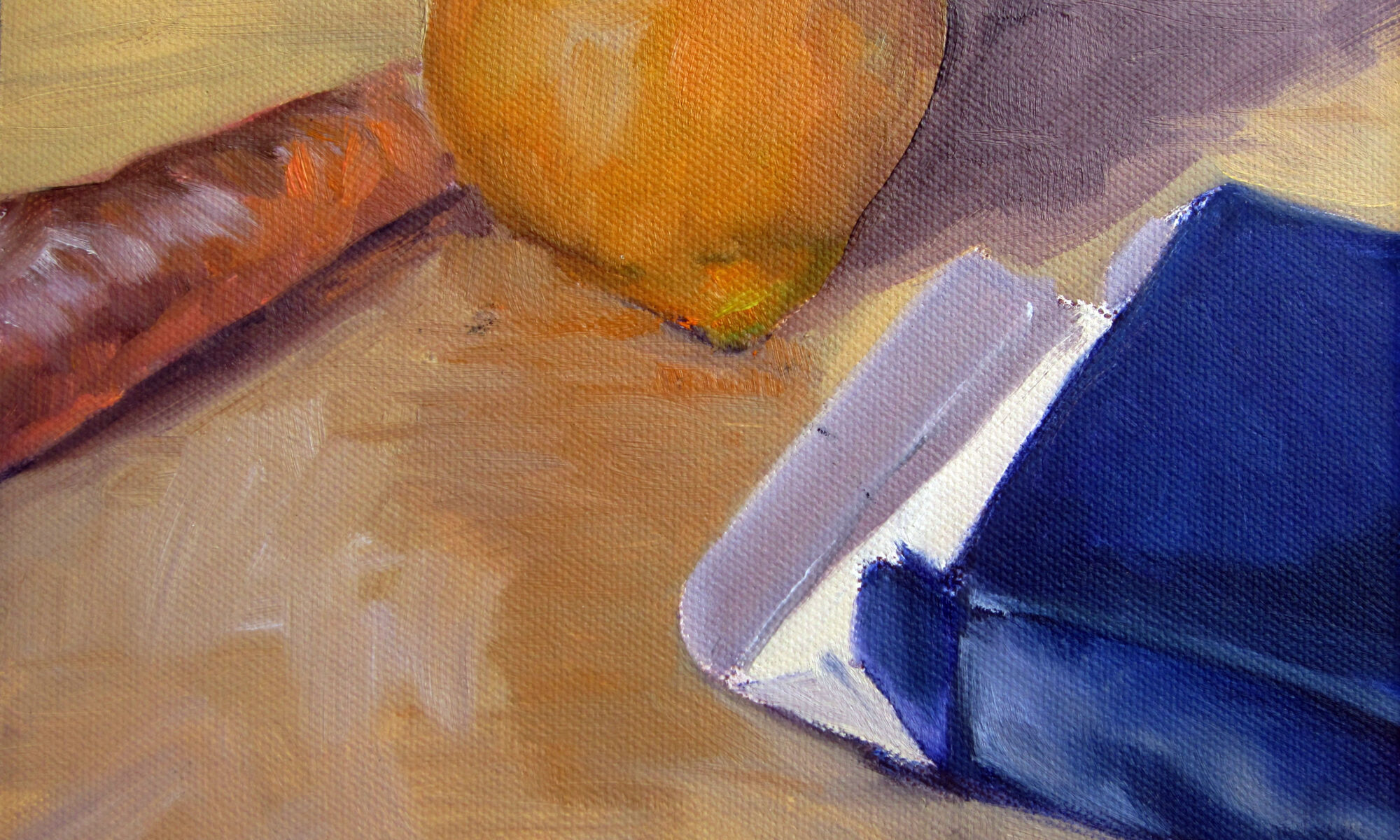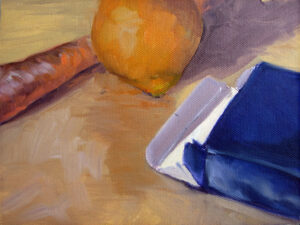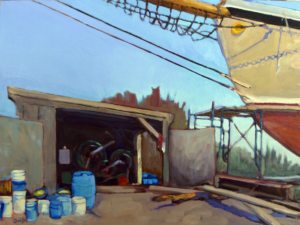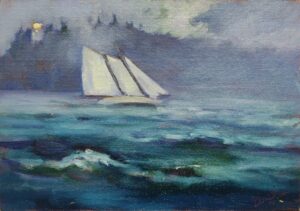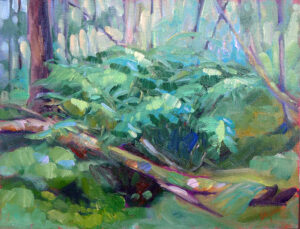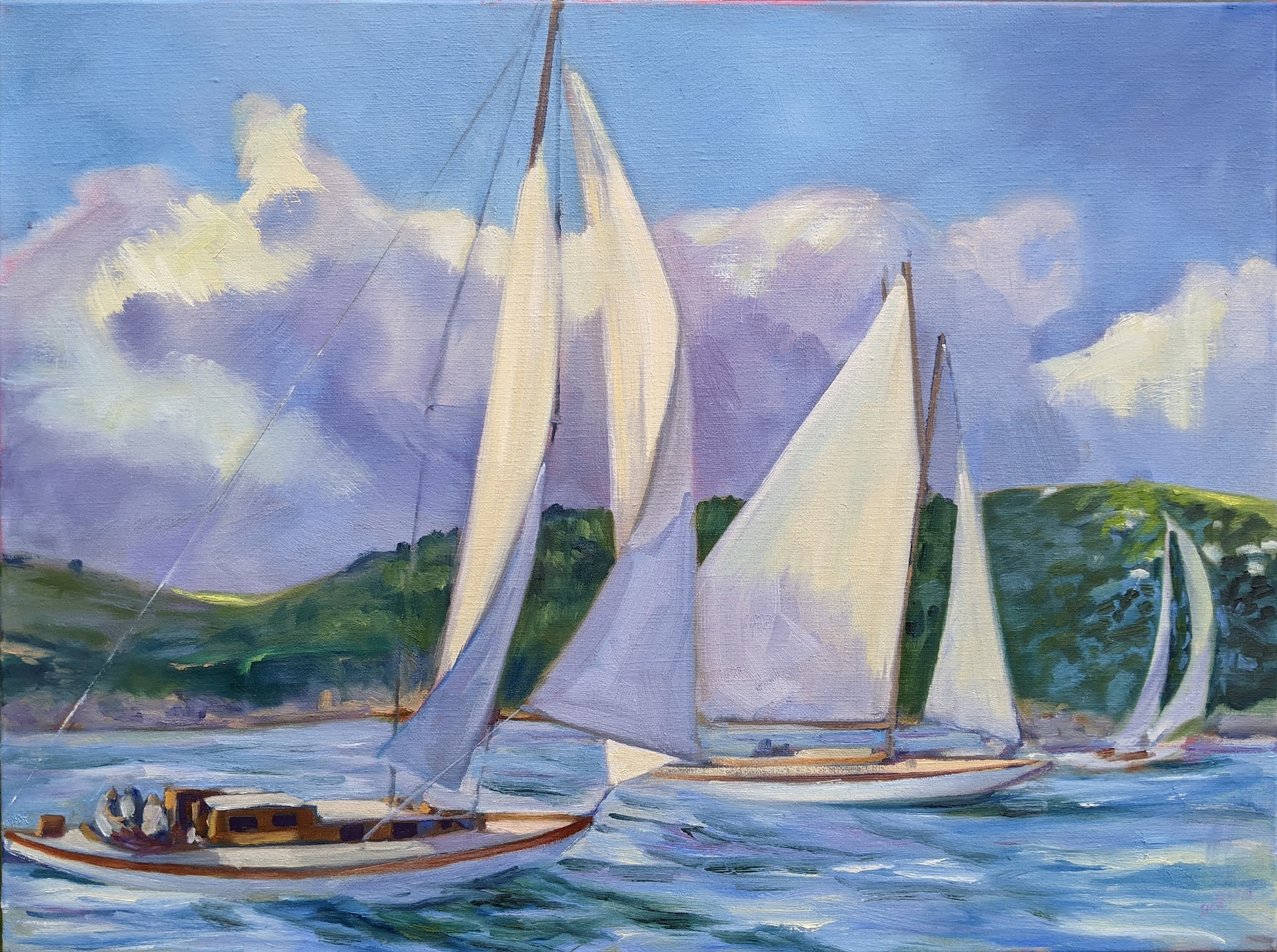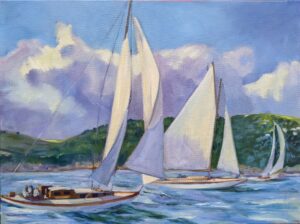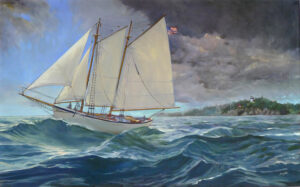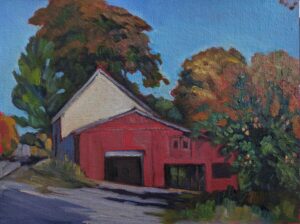
“Black Friday sales usually involve 25-50% off, but you and other artists only offer small discounts on paintings (if any),” a reader noted. “That doesn’t seem like much, so why do you bother?” The answer boils down to margin and markup.
Margin
Margin is the difference between the product’s selling price and the costs to make and sell that product. High volume businesses, like your grocery store, can afford to work with low margins, whereas a bespoke tailor needs a higher margin to offset his costs.
The problem for artists and other small businesses is that we cut it fine. We’re often working with both low margin and low sales, which gives us very little room to maneuver on price. “Wait a second,” you say. “All you have invested is some canvas and paint.” Not true. We have all kinds of hidden costs ranging from insurance and transportation to the rent and/or upkeep on our studios.

Bloated pricing
Another daughter and I both have the same floor cleaner, for which we each paid about $200 as a regularly discounted price. We were surprised to see the same model in last week’s ads at half off, or $200. Yes, it lists at $399.99, but I doubt many people have paid that in this world of competitive online shopping.
You could buy it for as low as $165 this week, but that’s a far cry from the ‘59% off’ at which it is promoted.
Artists can’t and shouldn’t raise and lower their prices willy-nilly. Part of the tacit bargain we make with collectors is that we strive to make their artwork more valuable over time. Inconsistent pricing undermines that and irritates collectors.
That doesn’t mean we can’t have sales, or have an in-studio bin where we get rid of sketches and old work. But unless we bloat the list price, we can’t offer deep discounts.
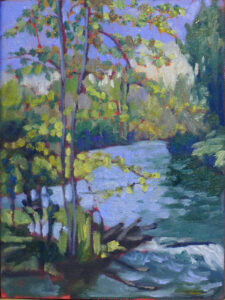
Technical snafu means a deal for you
I wanted to end this thankfulness series by offering a deal where the buyer got one painting at 10% off, two at 15% off, and three at 20% off. However, when Laura started to develop the software to drive that, she found it was impossible with the tools we currently have.
I felt badly. But since I can’t do that, how about I throw in frames for anyone who buys two or more unframed paintings today or tomorrow? Laura will never know; she doesn’t read this blog and it’s really a better deal than those discounts would have been.
As November draws to a close, the last ‘gratitude’ offering I have for you is a recital of all that I’ve offered so far:
- 10% off any painting, with the code THANKYOUPAINTING10.
- 30% off any class in the Seven Protocols for Successful Painters series, with the code THANKYOU30
- $25 off any workshop except Sedona, with the code, EARLYBIRD
- Free frames with the purchase of two or more unframed paintings. No need to enter a code, but this absolutely expires on November 30, 2023.
That’s because on Friday, December 1, I’m doing North to Southwest: a plein air perspective which is my first Virtual First Friday art show. As I’ve written copy for each of the paintings in this show, I’ve found myself remembering many lovely happenings along the way. I’m getting excited to tell you about them.
If you haven’t registered, please do. Laura will be sending out the Zoom link shortly.
Reserve your spot now for a workshop in 2025:
- Advanced Plein Air Painting, Rockport, ME, July 7-11, 2025.
- Sea and Sky at Acadia National Park, August 3-8, 2025.
- Find Your Authentic Voice in Plein Air, Berkshires, MA, August 11-15, 2025.
- Immersive In-Person Fall Workshop, Rockport, ME, October 6-10, 2025.

